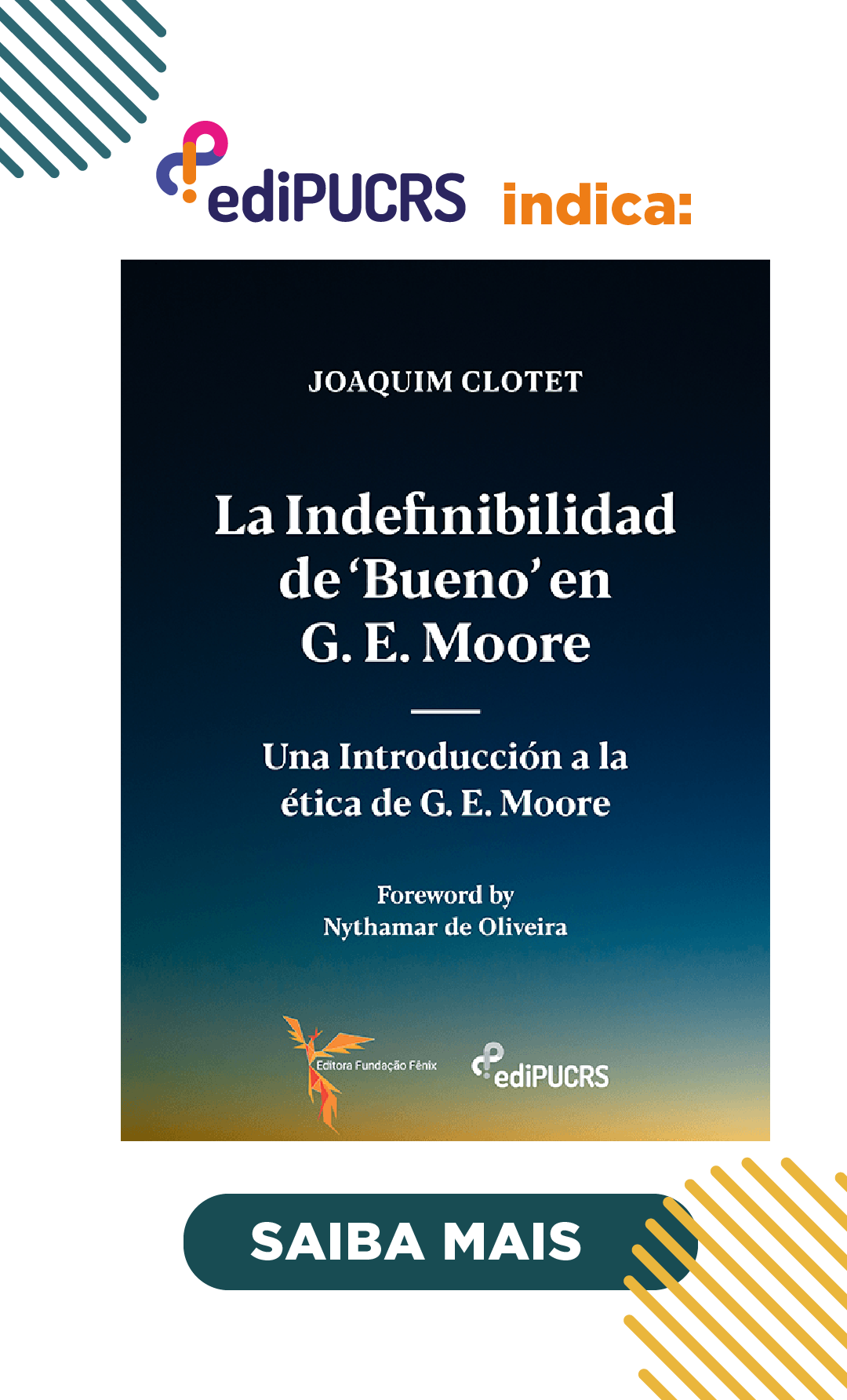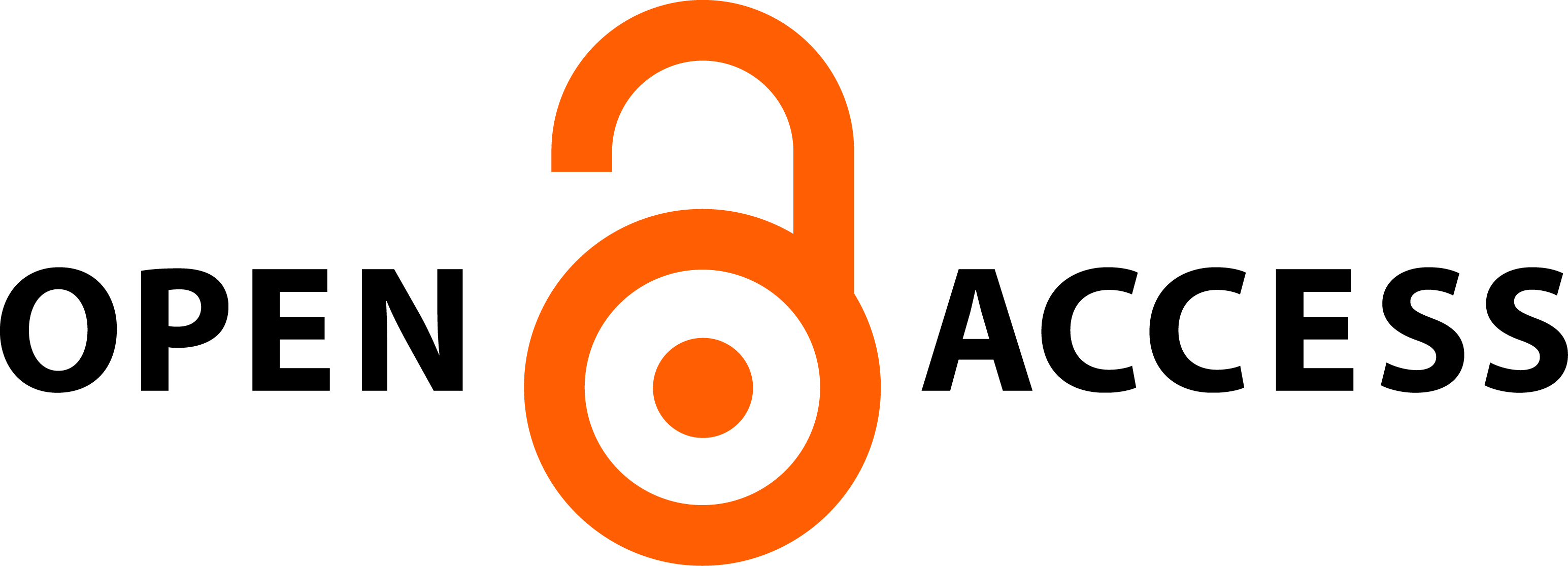Literary opacity as literary knowledge
DOI:
https://doi.org/10.15448/1984-6746.2022.1.40357Keywords:
Philosophy of Literature, Narrative opacity, Literary knowledge, KafkaAbstract
This contribution aims to elucidate a dilemma involved in the debate on the relationship between the practical and theoretical knowledge, on the one hand, and the aesthetic value of literature, on the other. To achieve that objective, Peter Lamarque’s arguments against the epistemic reduction of literary value will be analyzed. Firstly, it is argued that the defense of the cognitive value of literature does not necessarily imply an engagement with a propositional truth theory of literary value. Secondly, it is also argued that it is the specific manner by which literature plays a role in “the battle for the ideas” that determines its particular aesthetic value. Therefore, according to our interpretation of that dilemma, the narrative opacity thesis argued by Lamarque not only does not exclude our knowledge of the world, but it is what explains the aesthetic value of literary works.
Downloads
References
ABRAMS, Meyer Howard. The mirror and the lamp. Oxford: Oxford University Press, 1971.
ALTHUSSER, Louis. Deux lettres de la connaissance sur l’art. La Nouvelle Critique, Paris, n. 175, p. 136-146, abr. 1966.
CROFT, William; CRUSE, Alan. Cognitive Linguistics. Cambridge: Cambridge University Press, 2004. DOI: https://doi.org/10.1017/CBO9780511803864
CURRIE, Gregory. The nature of fiction. Cambridge: Cambridge University Press, 1990.
FRIEND, Stacie. Imagining in fact and fiction. In: STOCK, Kathleen; THOMSON-JONES, Katherine (ed.). New waves in Aesthetics. New York: Palgrave MacMillan, 2008. p. 150-169. DOI: https://doi.org/10.1057/9780230227453_8
FRIEND, Stacie. Fiction and emotion: The puzzle of divergent norms. The British Journal of Aesthetics, Oxford, v. 60, n. 4, p. 403-418, out. 2020. DOI: https://doi.org/10.1093/aesthj/ayaa010
GARCÍA-CARPINTERO, Manuel. Relatar lo ocurrido como ficción: Una introducción a la filosofía de la ficción contemporánea. Madrid: Cátedra, 2016.
HERNÁNDEZ, Felisberto. La casa inundada. In: HERNÁNDEZ, Felisberto. Los mejores cuentos. Montevideo: Ediciones de la Banda Oriental, 2013. p. 116-140.
LAMARQUE, Peter. How can we fear and pity fictions? The British Journal of Aesthetics, Oxford, 1981, v. 21, n. 4, p. 291-304, abr. 1981. DOI: https://doi.org/10.1093/bjaesthetics/21.4.291
LAMARQUE, Peter. The opacity of narrative. London: Rowman & Littlefield, 2014.
LAMARQUE, Peter. On not being too formalistic about aesthetic value. Journal of Comparative Literature and Aesthetics, Cuttack, v. 43, n. 1, p. 1-10, 2020.
LAMARQUE, Peter; OLSEN, Stein Haugom. Truth, fiction, and literature. Oxford: Clarendon Press, 1994.
LEVRERO, Mario. El discurso vacío. Montevideo: Trilce, 2004.
MATRAVERS, Derek. Fiction and narrative. Oxford: Oxford University Press, 2014. DOI: https://doi.org/10.1093/acprof:oso/9780199647019.001.0001
MINSKY, Marvin. The society of mind. New York: Simon & Schuster, 1988. DOI: https://doi.org/10.21236/ADA200313
NIETZSCHE, Friedrich. Sobre verdade e mentira. Tradução de Fernando de Moraes Barros. São Paulo: Hedra, 2007.
PUTNAM, Hilary. Meaning and the moral science. New York: Routledge, 2010.
REY ASHFIELD, William; RUGNITZ COSTA, Natalia. Belleza eidética: Lo clásico y lo moderno en el platonismo de Joaquín Torres García. Atrio, Sevilla, n. 25, p. 241-257, 2019. DOI: https://doi.org/10.46661/atrio.4441
WALTON, Kendall. Mimesis as make-believe: On the foundations of representational arts. Cambridge: Harvard University Press, 1990. DOI: https://doi.org/10.2307/2108134
Downloads
Published
How to Cite
Issue
Section
License
Copyright (c) 2022 Veritas (Porto Alegre)

This work is licensed under a Creative Commons Attribution 4.0 International License.





